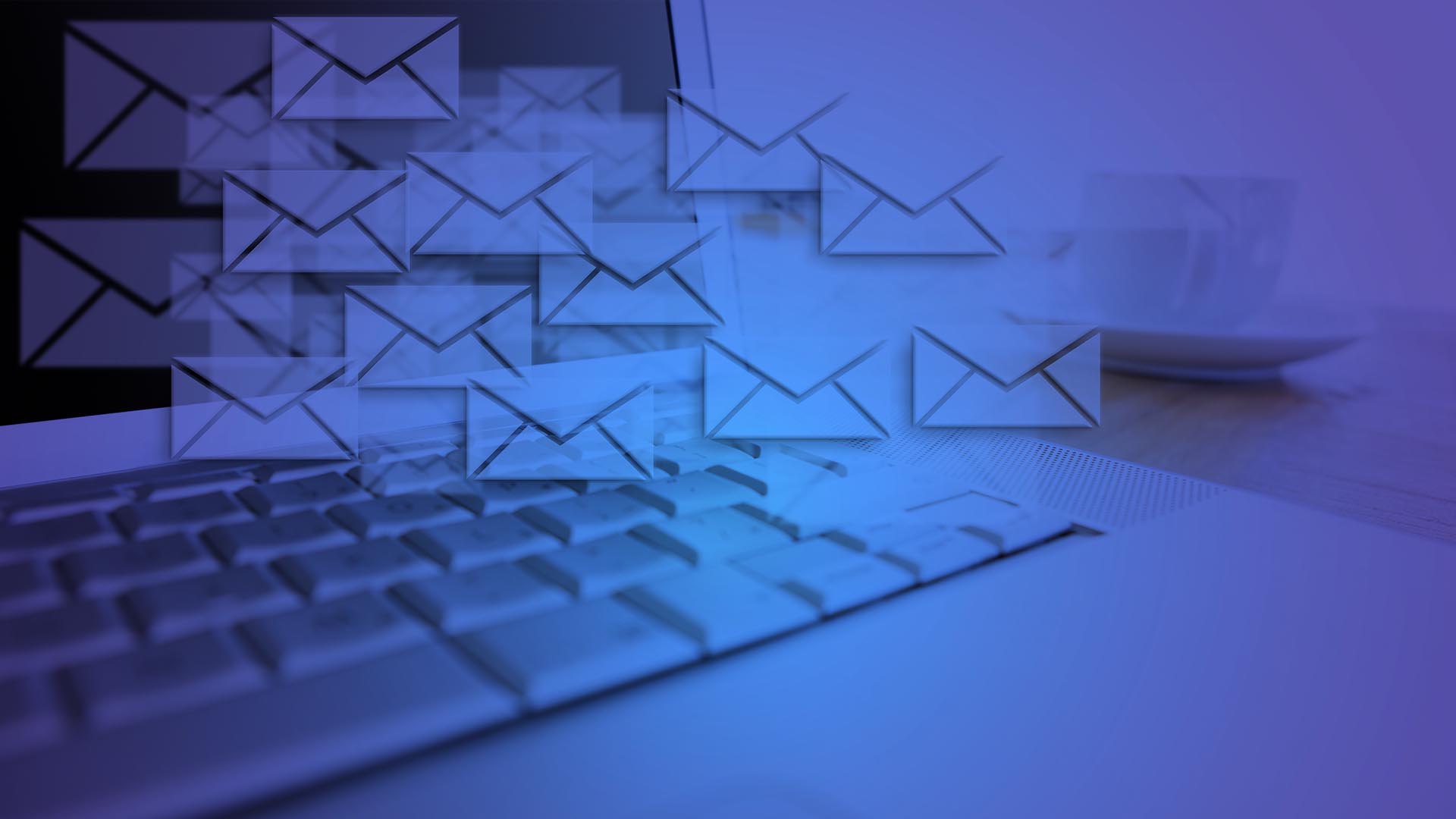Increasing sales through cold emailing can be hard, yet it can deliver a high return when done right. Although many people have grown accustomed to receiving tons of emails, generating a response to cold emails is still possible with average open rates at 30 percent and under across the board. While there’s no ‘one-size-fits-all’ solution to turning opens into responses, some helpful tricks will help you to increase your numbers.
But before we get to improving the cold email itself, let’s consider who we are sending them to. Selecting and approaching the right target is vital for optimising your response before you’ve even sent the actual email. Depending on the size of your business, and the amount of people that you’re aiming to reach, you can determine how far you want to funnel down the list of recipients. For those who go by the ‘’the more, the better’ philosophy, and thus aim to reach as many people as possible, consider buying an email list from a professional supplier so you’ll be able to expand your reach. However, those who want a quality response can also think to use a middleman as there are several websites that offer search functions and software for funnelling down on certain target market characteristics.
Subject line
The sender and the subject line, the first two things someone looks at when opening their email inbox. It’s therefore that it’s the key to increasing your open rates and thus makes it one the most important objectives of improving email response. Creation of a subject line that attracts attention, creates curiosity and motivates the recipient to open and read the email. How? Be unique and stand out. Think about personalising the subject line instead of using a generic line that usually starts with ‘’do you want to…’’ or ‘’interested in…’’. For example, simply adding a geographical area or industry name could go a long way in increasing the open rate as it will instantly make the email more appealing and addressed to them. Try several subject lines and ‘test’ which work best before you choose one. After doing this it’s time to focus on the response, which starts with the content.
Tailor, focus and be direct
Once you’ve determined who the recipient of the email will be, you can start tailoring the message to that persona. As people tend to skim through emails, make sure you get your message across in the first few sentences as it’s a matter of capturing their attention. Perhaps the most common mistake in cold emailing is that salespeople fail to focus on the needs of the recipient.
Whether it’s a message that’s too generic or one that’s too salesperson-focused, try to emphasize on the benefits for the audience and tease about the possibilities which your product or service offers to them. Use concise language and try to be straight to the point. Even better, try using bullet point as it is one of the first things people look at when opening an email. What does your service offer them? Convenience, time savings, money, etc.
Sell with evidence
Apart from the benefits, provide some evidence of your company or agency’s ability to deliver results. Visualise and give numbers that help to show that you offer the best solution to their problem or need. Again, because people tend to skim through emails, using these graphs and numbers will attract focus and focus their attention to one of the most important selling elements in the email.
Call-to-actions
Like any email that aims to create a response or follow up, cold emailing should include a ‘call-to-action’. Think of the response you want from the recipient. Without any, the email is not likely to generate as much response. CTAs should convey confidence and determination and show you’re determined to help them solve their issue with your solution. Rather than asking, assume they have already agreed to following up. For example, rather than inviting them to reach out if they have any questions, ask when they’ll be available to meet over the phone or in person.
Follow up
Lastly, following up on your cold email is vital to generating a response from a lot of recipients who overlooked, misplaced or simply ignored your initial email. Sending a (short) follow up email to remind them of the initial email and the call-to-actions is argued to go a long way in increasing the number of responses.
Get in touch to see what we can do for you.
